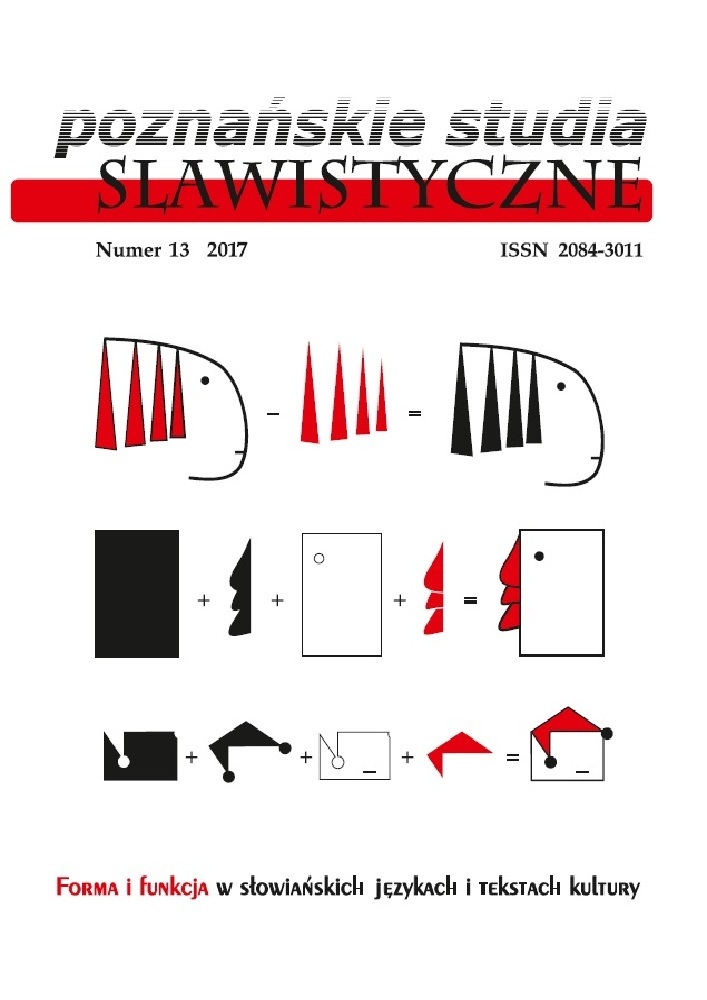Abstrakt
In this paper, we are considering the social aspects of the object “Porta Macedonia” as a part of the project “Skopje 2014”, its political and cultural meanings, its symbolic aspects and its reflection on identity policies in contemporary Macedonia. We read buildings and monuments of “Skopje 2014” project as texts, interpret them as symbols recognizing as signs of multilayered ideas and interpretations of the nation under strong political patronage. The text shows how a monument in a very short period creates multiple layers of symbolism which, depending on social contexts, can be read in different ways.Bibliografia
Barnes, T.J., Duncan, J.S., (red.). (1992). Writing worlds: discourse, text and metaphor in the representation of landscape. London–New York: Routledge.
Bourdieu, P. (1990). The Logic of Practice. Stanford: University Press.
Boyer, M.C. (1994). The City of Collective Memory: Its Historical Imagery and Architectural Entertainment. Cambridge: MIT Press.
Brubaker, R. (1996). Nationalism Reframed: Nationhood and the National Question in the New Europe. Cambridge: University Press.
https://doi.org/10.1017/CBO9780511558764
Bryan, D. (2000). Orange Parades: The Politics of Ritual, Tradition and Control. London: Pluto Press.
Connerton, P. (1989). How Societies Remember. Cambridge: University Press.
https://doi.org/10.1017/CBO9780511628061
Deipenbrok, L. (2012). Skopǰe 2014: Karikatura na evropskiot grad. „Okno.mk”. 15.03.2012. http://okno.mk/node/17870. 23.08.2016.
Foote Kenneth, E., Toth, A., Arvay, A. (2000). Hungary after 1989: Inscribing a New Past on Place. „Geographical Review”, vol. 90 (3), Jul. 2000. American Geographical Society, Blackwell Publishing Ltd, str. 301–334.
Gerlach, J. (2014). Color Revolutions in Eurasia. Springer.
Howard, M.M. (2003). The weakness of civil society in post-communist Europe. Cambridge: University Press.
https://doi.org/10.1017/CBO9780511840012
Ivy, R., 2002, Memorials, Monuments, and Meaning, „Architectural Record Magazine”, vol. 190 (7), str. 84.
Karpovich, O., Manoilo, A. (2015). Color Revolutions: Techniques in Breaking Down Modern Political Regimes. Bloomington: AuthorHouse.
Kertzer, D.Y. (1988). Ritual, Politics and Power. Yale: University Press.
Mijalkoviḱ, M., Urbanek, K. (2011). Skopǰe svetskoto kopile. Arhitekturata na podeleniot grad. Skopǰe: Goten.
Shein, A. (2007). Monuments As A National Practice: The Dilemmas Of Liberal Nationalism. Ph.D. Manuscript. University of Maryland.
Vangeli A., 2011, Antička segašnost. Osvrt kon grčko-makedonskiot spor za Aleksandrovoto nasledstvo, Skopǰe: Templum.
Vangeli, A. (2011), Nation-building ancient Macedonian style: the origins and the effects of the so called antiquization in Macedonia. „Nationalities Papers. The Journal of Nationalism and Ethnicity”, vol. 39 (1), str. 13–32.
Licencja

Utwór dostępny jest na licencji Creative Commons Uznanie autorstwa – Bez utworów zależnych 4.0 Międzynarodowe.
